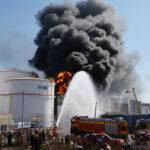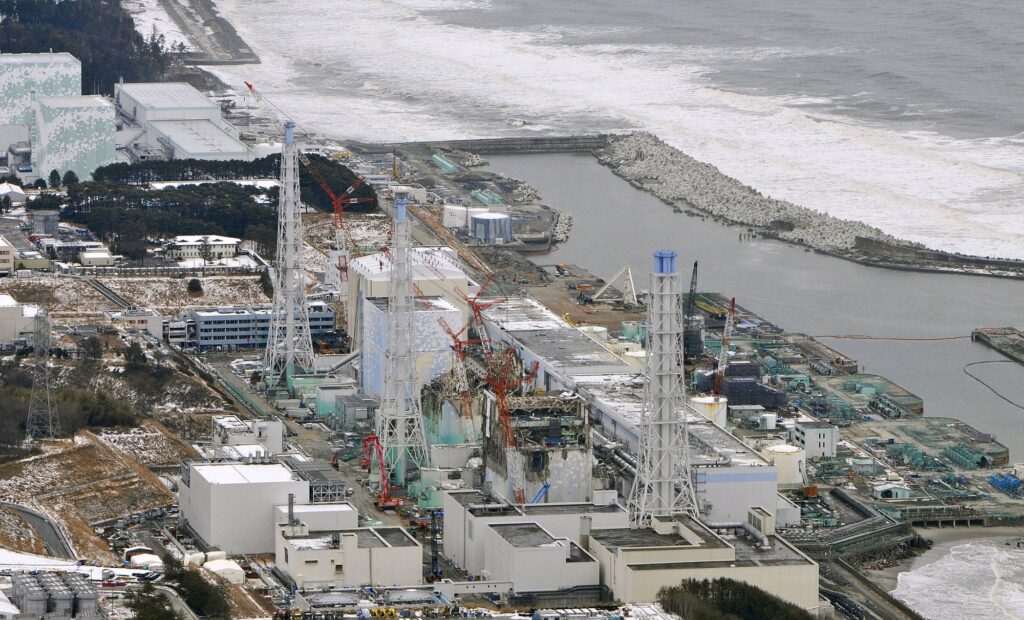
On 11 March 2011, a massive earthquake and tsunami struck Japan, causing severe damage to the Fukushima Daiichi nuclear power plant. The cooling systems of multiple reactors failed, resulting in rising temperatures and the risk of fuel rod exposure. The situation escalated into the most serious nuclear emergency crisis since Chernobyl.
Cooling water used to reduce radiation
In response, the Tokyo Fire Department launched an nuclear emergency operation to cool the No. 3 reactor, which contained highly toxic fuel. Firefighters used a high-tech unmanned fire truck to spray seawater from a height of 22 meters onto the reactor’s spent fuel pool — reducing direct radiation exposure to personnel.

Continuous waterflow of 3000 liter per minute
The fire truck was powered by a Hytrans mobile water system, which continuously pumped large volumes of seawater. The system supplied water at a rate of 3000 liters per minute over a seven-hour period, delivering a total of more than 1,260 tons of water. Thanks to the high capacity and flexibility of the Hytrans submersible pump and hose system, critical cooling was achieved and explosions prevented, during a time when conventional infrastructure had been destroyed.
The Hytrans units were delivered to the Tokyo Fire Department several years earlier and proved to be of vital importance in this nuclear emergency situation.